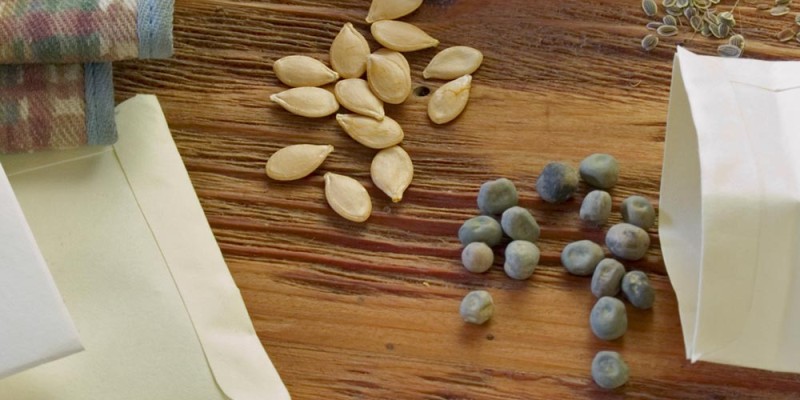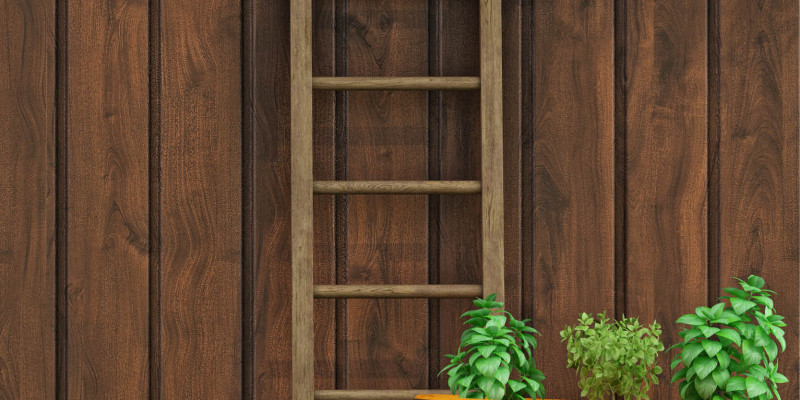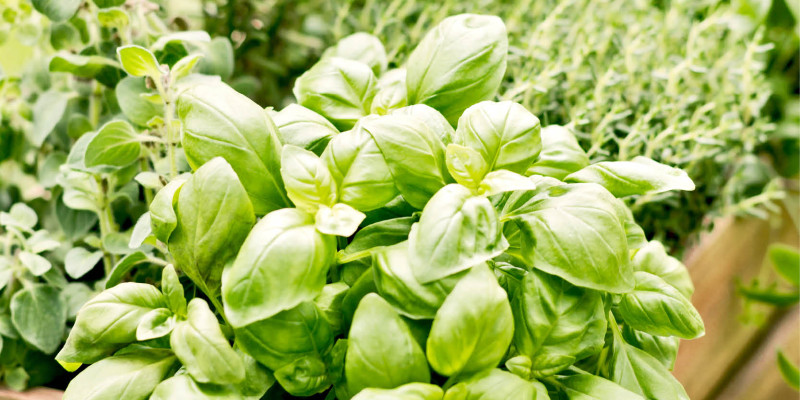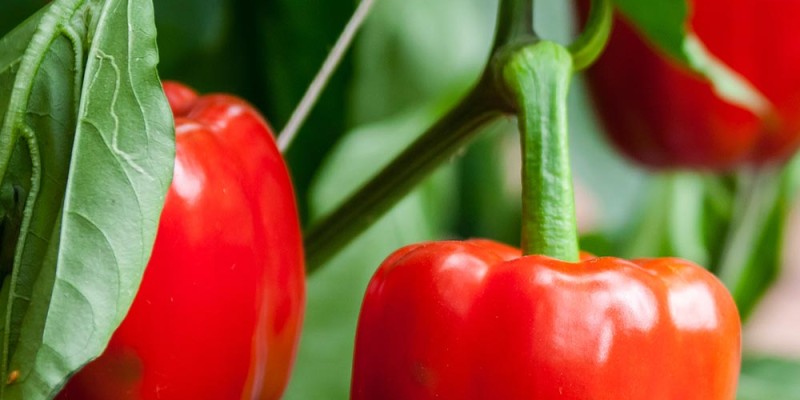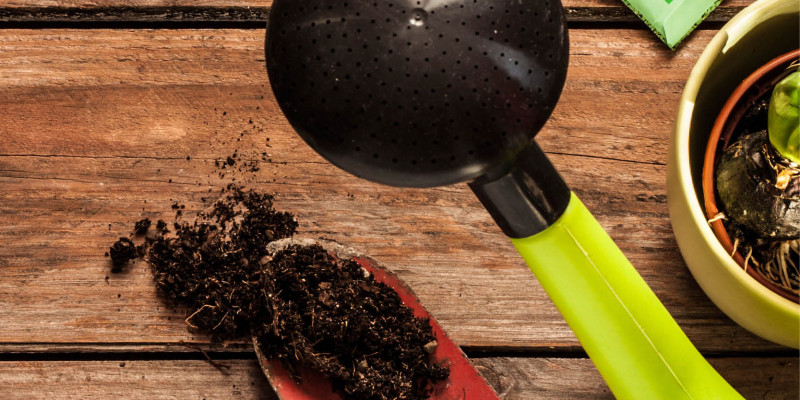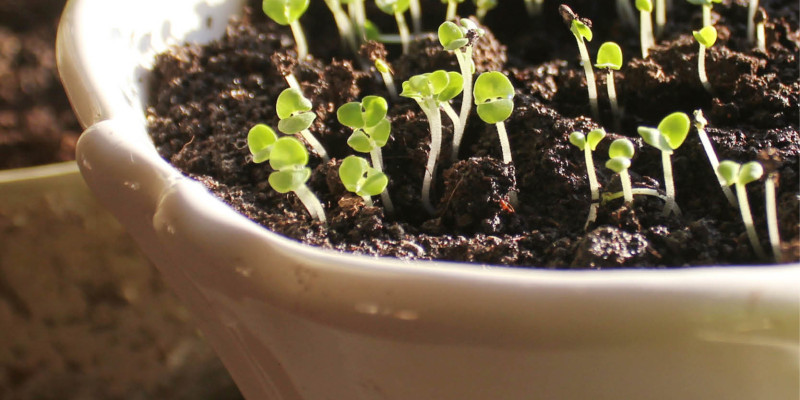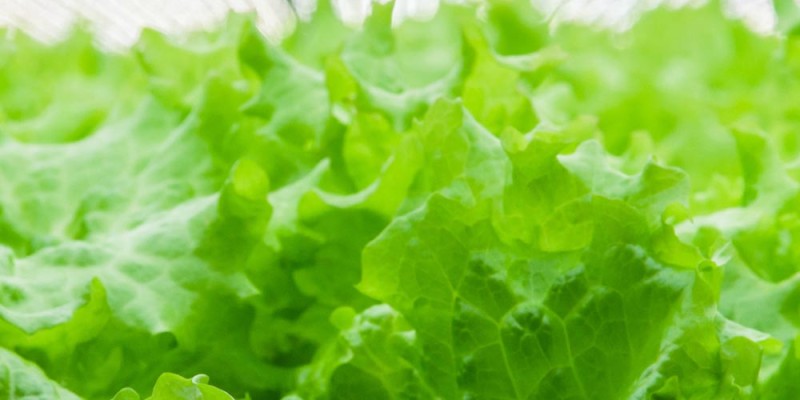Today I thought I would answer some questions I get frequently on some of my more popular videos. There will be links to all of the videos I am referring to in the description below and at the end of this video.
If you don’t use Epsom Salt or Compost Tea how do you replace the Magnesium, Sulfur and other nutrients in potted plants?
I don’t generally recommend the use of Epsom Salt or Compost Tea in the garden. Although many claims are made about the practices many of them are not supported by scientific evidence.
In containers unlike raised beds the limited volume of soil does lend itself to nutrient depletion.
I address this in three ways. I grow in larger containers when possible as it will increase the volume of soil, compost and subsequently the available nutrients for your plants throughout the season.
I also usually make my potting soil from 50% compost. Commercial potting soil usually does have some good nutrients however in small quantities. The higher compost content of my soil increases the available nutrients.
After planting I top dress with compost and the same mulch materials I use in the garden such as autumn leaves, used coffee grounds and eggshells among many others. They will break down over the season releasing their nutrients as well. You can speed that long if you find worms and add them to your containers.
If you have some extra undecomposed compost when potting up in the spring you can toss it in the bottom of the container as long as there is 30cm or 12 inches of the potting mix and compost on top. This container style of trench composting acts the same as the mulch and releases nutrients as it breaks down.
As you can see this approach works quite well and throughout the season I do not need to add any Epsom salt, compost tea and or store bought fertilizers.
At the end of the year I can use the soil to top up other beds or add it to the compost pile to inoculate it with bacteria and recycle the soil for next year.
I am just starting out growing indoors what lights should I buy and how do I get set up?
As many of you know I live in Zone 3 and as such my season starts in April to May and generally ends abruptly in late September or early October. As such I usually have a 6 month period where I grow indoors.
Growing indoors does not have to cost a lot and can be quite enjoyable. If you do not have a south or southwest facing window grow lights can be used. The lights I use are not special by any means. They are just regular shop lights from a hardware store with bulbs that are the highest Watt I can find of either 2100 Kelven or 6500 Kelven. Phillips has even made it much easier to get the right bulb as they have a shop light style bulb simply called their Plant & Aquarium. This bulb works great as it has peaks in both of the best Kelven ratings for plant growth.
If you have other questions about getting going check out the playlist I have put together for growing indoors at the end of this video.
Does Pepper Pruning Really Work to Increase Harvests?
In short yes. I usually start my peppers after the end of the preceding season indoors. I do this because they are a slower plant to get going and it allows me time to prune them inside.
Pruning is simple as the plant grows you clip right above a leaf node. This will spur side growth of two new stems. This can be done as many times as you wish. I usually stop pruning 6-8 weeks before the expected last frost date. This gives the plant time to grow prior to going outside for the season. I do this because after I get them out and they begin fruiting they don’t grow much more.
This year I was able to harvest my first crop in June and they will continue to produce until the first frost in the fall. I don’t generally worry about how the plants look as they produce and the stress is said to improve the flavour of the peppers. This year after spending a week away for business the plants even put on harvestable fruit indoors.
Pruning peppers makes it easy for me to get many smaller and medium bodied peppers to fruit heavily throughout the season for me often resulting in large harvests. This is especially nice as peppers are a tropical plant and usually don’t do well in my Zone 3 garden without this method.
Live Q and A session:
Following the Vlog where I showed the workshop I did this spring many of you expressed interest in an online version. As this is something I have not done before would you like to start off with a live Q and A. I was thinking about doing 1/2 hour to an hour our starting on a Friday at 3pm mountain central time.
In order to judge interest I would love to know if that time would work for you. The video would be available on my channel after if you cannot make it.
Thank you for joining me today and please keep those questions coming. I love to help and it really guides the videos I make for you so make sure to subscribe so you can catch all future episodes.
Referenced Videos:
Is Epsom Salt Beneficial for Organic Gardening?:
https://youtu.be/DaCVoCnzav8?list=PL5mfR-r4BXH3UTGH_3UAG6cB8NnlO8M1U
Does Compost Tea Work Part 1:
https://youtu.be/ivGdHo1sXF4?list=PL5mfR-r4BXH3UTGH_3UAG6cB8NnlO8M1U
Does Compost Tea Work Part 2:
https://youtu.be/xdkhEJr3x1I?list=PL5mfR-r4BXH3UTGH_3UAG6cB8NnlO8M1U
Growing Indoors, How to set up your Grow Room:
https://www.youtube.com/playlist?list=PL5mfR-r4BXH0sQIoFdcU2VYPdR9HYRVDz
How Pepper Pruning can increase your harvests:
https://www.youtube.com/playlist?list=PL5mfR-r4BXH0y3xjuYI9hVrZVns-zKleF
Perennial Workshop Vlog:
https://youtu.be/MCohobLFf9M?list=PL5mfR-r4BXH3eZvRVgIwq7ifOMpRTIevV
